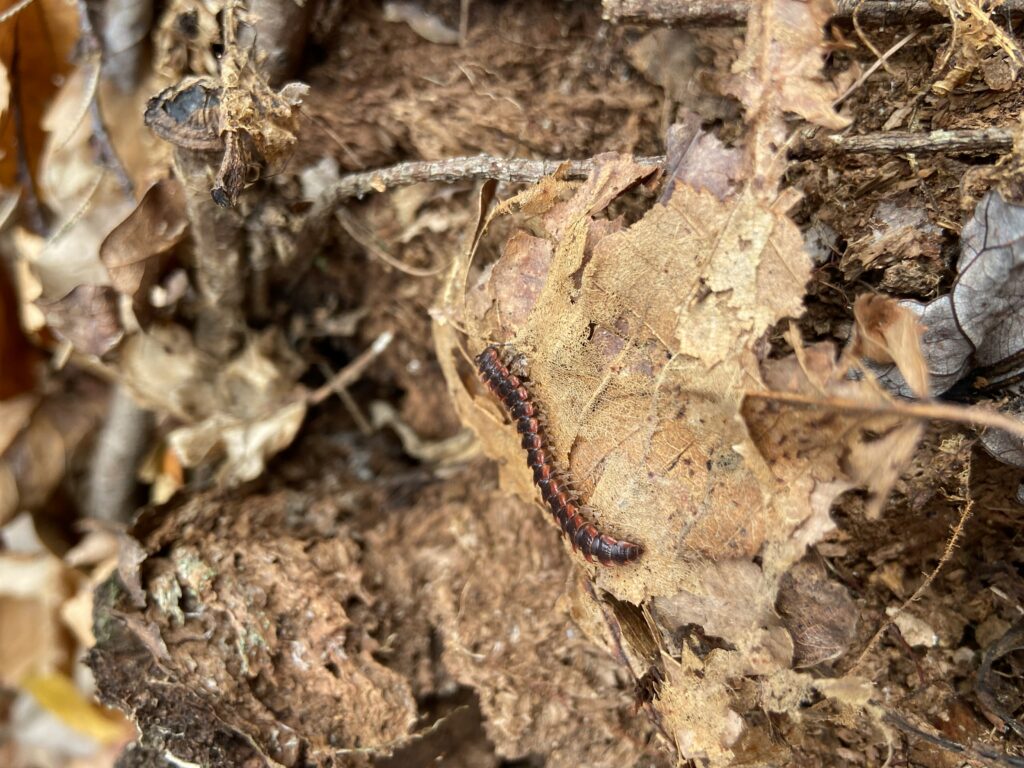Ecological Fall Gardening
go.ncsu.edu/readext?969309
en Español / em Português
El inglés es el idioma de control de esta página. En la medida en que haya algún conflicto entre la traducción al inglés y la traducción, el inglés prevalece.
Al hacer clic en el enlace de traducción se activa un servicio de traducción gratuito para convertir la página al español. Al igual que con cualquier traducción por Internet, la conversión no es sensible al contexto y puede que no traduzca el texto en su significado original. NC State Extension no garantiza la exactitud del texto traducido. Por favor, tenga en cuenta que algunas aplicaciones y/o servicios pueden no funcionar como se espera cuando se traducen.
Português
Inglês é o idioma de controle desta página. Na medida que haja algum conflito entre o texto original em Inglês e a tradução, o Inglês prevalece.
Ao clicar no link de tradução, um serviço gratuito de tradução será ativado para converter a página para o Português. Como em qualquer tradução pela internet, a conversão não é sensivel ao contexto e pode não ocorrer a tradução para o significado orginal. O serviço de Extensão da Carolina do Norte (NC State Extension) não garante a exatidão do texto traduzido. Por favor, observe que algumas funções ou serviços podem não funcionar como esperado após a tradução.
English
English is the controlling language of this page. To the extent there is any conflict between the English text and the translation, English controls.
Clicking on the translation link activates a free translation service to convert the page to Spanish. As with any Internet translation, the conversion is not context-sensitive and may not translate the text to its original meaning. NC State Extension does not guarantee the accuracy of the translated text. Please note that some applications and/or services may not function as expected when translated.
Collapse ▲Fall is a great time to think about the ecology of your garden. In the past, design and eye appeal have always taken the forefront in our maintenance practices. This can, however, lead to many ecological catastrophes in our own back yards. Is there a middle ground? Or are our landscapes always destined to be an ecological shortfall? Knowledge of the systems that surround us is the first tool in understanding how to best support the species that call them home. Ensuring that our landscapes serve more than just curb appeal to humans.
After the saga of the summer and the dwindling fall days have arrived many insects are looking for a place to over winter, or the next generation is in the leaf litter and soil below. What steps can we take to secure the next generation? One common area many native insects go for refuge is in twigs. Hollow pithed stems give insects the perfect place to hunker down. Alternatively, they also provide the perfect nesting area. Leaving plant’s twigs in the fall is a more sanitary option to that of bee houses and straw nest. Using natives also gives the bees and other insects the opportunity to recognize their native plant counter parts. These plants often benefit other wildlife as well such as birds.
Leaf litter is also a vital part of the winter landscape. These leaves insulate the plants and soil while also giving insect places to keep warm in the winter. Many gardeners spread mulch each year to improve soil health and water retention. Each fall when trees shed leaves, they are doing just that themselves. Mulching the ground to benefit themselves and the ecosystem that helps support them. Leaving leaves in garden beds is a great way to naturally mulch your garden, and you get out of one of the most hated garden chores!
Overall, with a little knowledge and consideration we can make a large impact on a small scale. Creating areas that are both ecologically functional and eye appealing. Making sure you consider all parts of the system not just a single one. Our gardens are complex environments that many species rely on every day. Proper management is the first step in ensuring we safeguard our native biodiversity.





